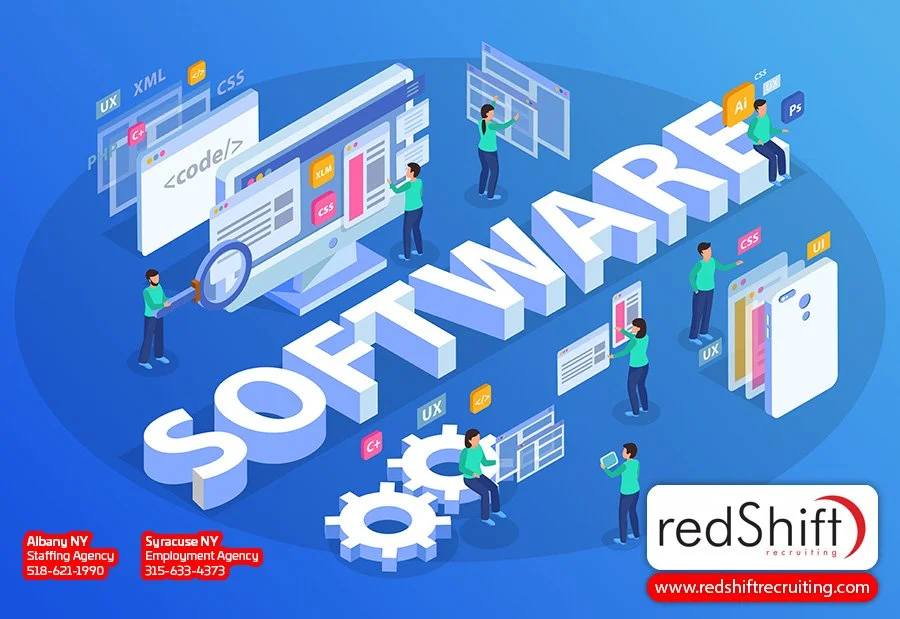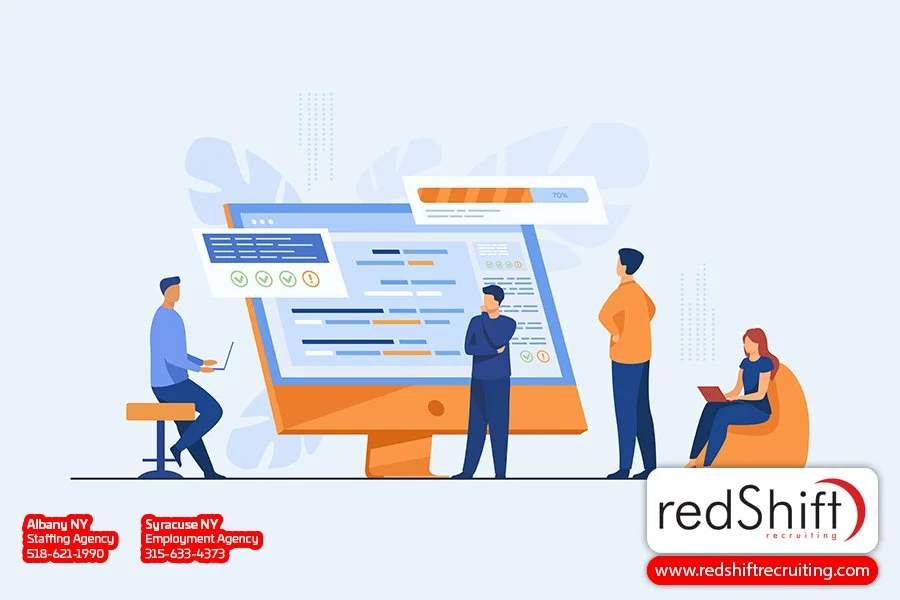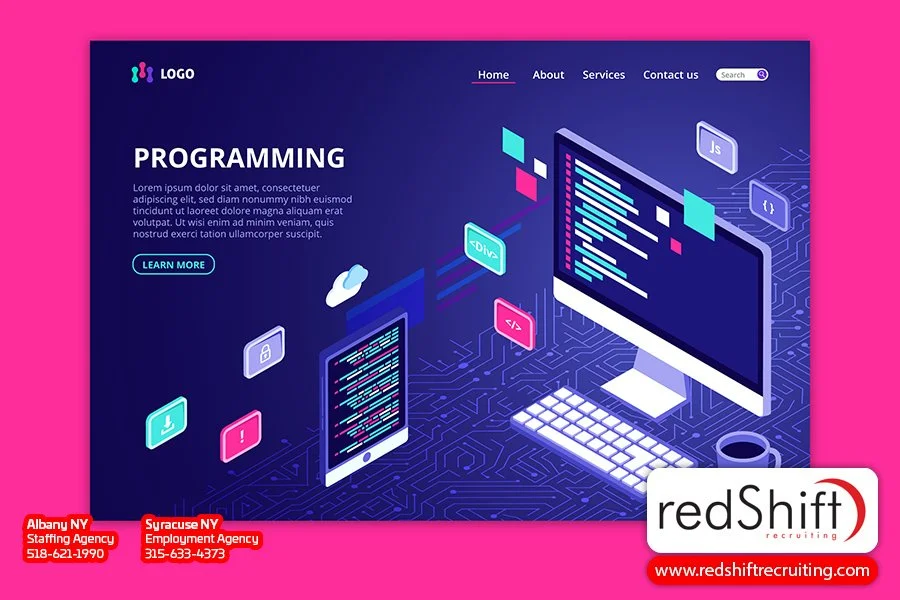
Optimizing Team Collaboration with Agile Boards: Jira, Trello, and Beyond
Are you looking for ways to optimize team collaboration? Look no further!
In this article, we'll explore how agile boards can revolutionize your workflow. We'll dive into popular tools like Jira and Trello, as well as other options available.
By the end, you'll have a clearer understanding of which agile board tool is best suited for your team's needs.
So, let's embark on this journey together and discover the power of agile boards in boosting collaboration!
Introduction to Agile Boards
Agile boards are a valuable tool for you to organize and track your team's tasks and progress in an Agile development process. Whether you choose to use a scrum board or a kanban board, these project management tools provide the structure needed for effective collaboration.
As a team member, you can easily visualize your assigned tasks and track progress towards completing them. The flexibility of agile boards allows you to create custom boards that fit your specific project planning needs. User stories can be added, prioritized, and moved across different stages of completion with ease.
Understanding Agile Boards
Explore the different types of boards available, such as Scrum and Kanban boards, to gain a better understanding of how they can enhance your team's workflow.
Agile boards are an essential tool for successful collaboration in Scrum teams. These boards provide a visual representation of project progress, allowing project managers and team members to track tasks and monitor their completion.
Scrum boards specifically focus on sprint planning and organizing work into manageable tasks. They enable the development team to see what needs to be completed during each sprint and help keep everyone aligned with the agile methodology.
By using these boards, team members can easily identify bottlenecks or blockers, prioritize tasks, and ensure that nothing falls through the cracks.
With agile boards at your disposal, you can foster a more efficient and collaborative environment for your team's success.
Exploring Jira
When using Jira, you can easily customize your project settings to fit the specific needs of your team. Jira is a comprehensive project management tool that offers various features to enhance collaboration within your scrum team.
One of its key strengths lies in its ability to create effective agile boards, such as kanban boards, which allow you to visualize and track tasks throughout the project lifecycle. As a project manager, you can easily identify bottlenecks and allocate resources accordingly.
For software developers, Jira provides a seamless workflow by enabling them to create and manage tasks efficiently. With its robust project management capabilities, Jira empowers teams to work together cohesively towards their goals while fostering a sense of belonging and collaboration.
Exploring Trello
Trello's user-friendly interface and intuitive features make it a popular choice for project management. With Trello's agile boards, you can optimize team collaboration in a simple and visual way.
Here are four reasons why Trello is great for optimizing team collaboration:
Explore tasks easily: Trello allows you to create cards for each task, making it easy to track progress and assign responsibilities.
Organize tasks into columns: With Trello's columns, you can categorize your tasks based on their status or priority, providing clarity and structure to your workflow.
Sticky notes made digital: Trello's card system functions like sticky notes, allowing team members to add comments, attachments, due dates, and labels.
Visual representation of progress: Trello provides a visual overview of your project with its board layout, allowing everyone on the team to see the big picture.
Other Agile Board Tools
If you're looking for alternative options, you can consider tools like Asana or Monday.com to streamline your project management process. These tools offer a range of features that can enhance team collaboration and make agile project management more efficient.
For instance, they provide customizable boards that allow you to organize tasks according to the scrum framework or the needs of different departments. You can easily create a new board for each project, assign tasks to team members, and track their progress in real-time. Time tracking and a 'done' column are also included as basic features, ensuring that nothing falls through the cracks.
Additionally, these tools enable teams to manage issues effectively by providing custom fields for capturing specific information related to each task or project.
Overall, using tools like Asana or Monday.com can greatly improve team collaboration and help you achieve your project goals more effectively.
Choosing the Right Agile Board Tool
One important factor to consider when choosing the right Agile Board tool is the level of customization it offers. Customization allows you to tailor the board to your specific needs and preferences, making it easier for your team to collaborate effectively.
Here are four key aspects to consider when evaluating the level of customization offered by different Agile Board tools:
Create tasks: Look for a tool that allows you to easily create and manage tasks on the board. This feature is essential for organizing your work and keeping track of progress.
Organize boards: Ensure that the tool enables you to create multiple boards for different projects or teams within your organization. This flexibility helps keep things organized and avoids clutter.
Customizable columns: Check if the tool allows you to define custom columns on the board, such as 'To Do,' 'In Progress,' and 'Done.' Being able to adapt these columns based on your project's workflow can greatly enhance efficiency.
Additional features: Consider other features like backlog management, sprint planning, and analytics that can further improve team collaboration and productivity.
Case Study: Agile Boards in Practice
In a real-world case study, an organization successfully implemented Agile Boards to improve team collaboration and project management. They chose Jira as their Agile Board tool because of its robust features and integration capabilities.
The team created separate boards for different projects, allowing them to visualize tasks, track progress, and manage their product backlog effectively. With Jira's customizable workflow and user-friendly interface, team members were able to collaborate seamlessly. They could assign tasks to specific individuals, set due dates, and track the status of each task in real-time. This optimized their workflow and ensured that everyone was on the same page.
Through this practice of using Agile Boards in their daily operations, the organization experienced improved productivity, enhanced communication among team members, and a greater sense of belonging within the team.
Frequently Asked Questions
Are There Any Limitations or Drawbacks to Using Agile Boards for Team Collaboration?
Using agile boards for team collaboration has some limitations and drawbacks. It's important to acknowledge that no tool is perfect, and there might be challenges along the way. However, these obstacles can often be overcome with proper planning and communication.
Some possible limitations include a learning curve for new team members, potential technical issues, or difficulty in managing larger projects efficiently. By being aware of these potential drawbacks, you can address them proactively and maximize the benefits of using agile boards for collaboration.
Can Agile Boards Be Used for Project Management Outside of Software Development?
Yes, agile boards can be used for project management outside of software development. They provide a visual representation of tasks and progress, allowing teams to track and prioritize work efficiently.
By using agile boards, you can break down projects into smaller tasks, assign them to team members, and monitor their status in real-time. This approach fosters collaboration, transparency, and flexibility across various industries and project types.
Agile boards are a valuable tool for optimizing team collaboration in any project management context.
How Can Agile Boards Help With Remote Team Collaboration?
Agile boards can greatly assist with remote team collaboration. They provide a visual representation of tasks and progress, keeping everyone on the same page. You can easily assign and track work, ensuring that nothing falls through the cracks.
With real-time updates and notifications, you'll always know what your teammates are working on and where things stand. This fosters seamless communication and teamwork, even when working remotely.
Agile boards truly empower your team to collaborate effectively from anywhere.
Are There Any Recommended Best Practices for Setting up and Organizing Agile Boards?
When it comes to setting up and organizing agile boards, there are some recommended best practices.
First, start by defining clear goals and objectives for your team.
Then, break down tasks into smaller, manageable units to increase efficiency.
Next, prioritize tasks based on importance and urgency.
Collaborate with your team by assigning tasks and setting deadlines.
Lastly, regularly review the progress of your agile board and make adjustments as needed to optimize collaboration and productivity.
What Are Some Common Challenges Teams May Face When Adopting Agile Boards for Collaboration?
Common challenges teams may face when adopting agile boards for collaboration include:
Difficulty in adapting to new workflows
Resistance to change from team members
Lack of clear communication
It can be challenging to ensure that everyone understands how to use the boards effectively and consistently. Additionally, there may be difficulties in prioritizing tasks and managing workloads.
However, with proper training, support, and a focus on continuous improvement, these challenges can be overcome, leading to improved team collaboration and productivity.
Conclusion
To wrap up, remember to select the Agile Board tool that best fits your team's needs and start enjoying the benefits of enhanced collaboration and streamlined project management. As you delve into the world of agile boards, keep in mind that they are not a one-size-fits-all solution. Here are four key considerations to guide your decision-making process:
Alignment with team processes: Ensure that the chosen tool aligns with your team's current sprint and task management process.
Customization options: Look for a tool that allows you to create vertical columns tailored to your team's workflow.
Collaboration capabilities: Choose a tool that promotes real-time collaboration, keeping everyone on the same page throughout the project.
Scalability for the entire organization: Consider whether the selected tool can be easily scaled and adopted by other teams in your organization.




